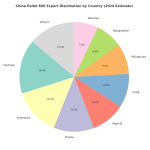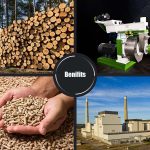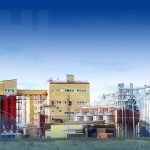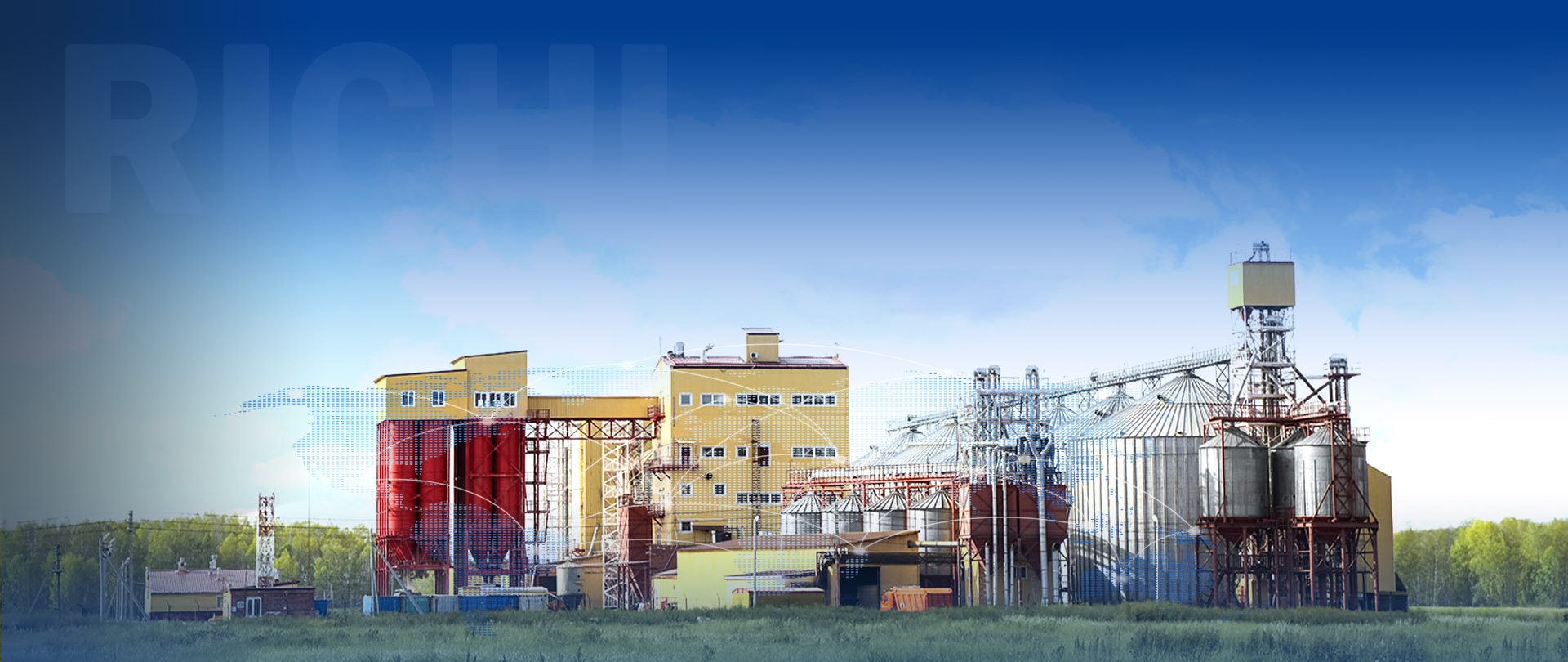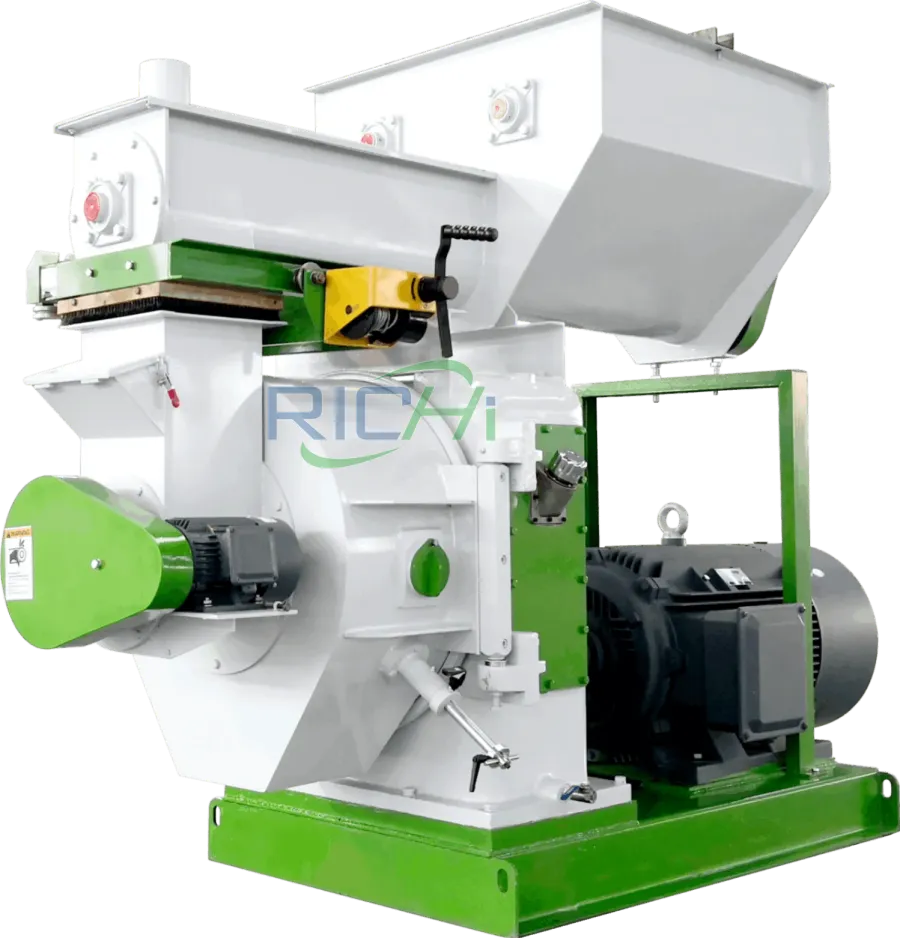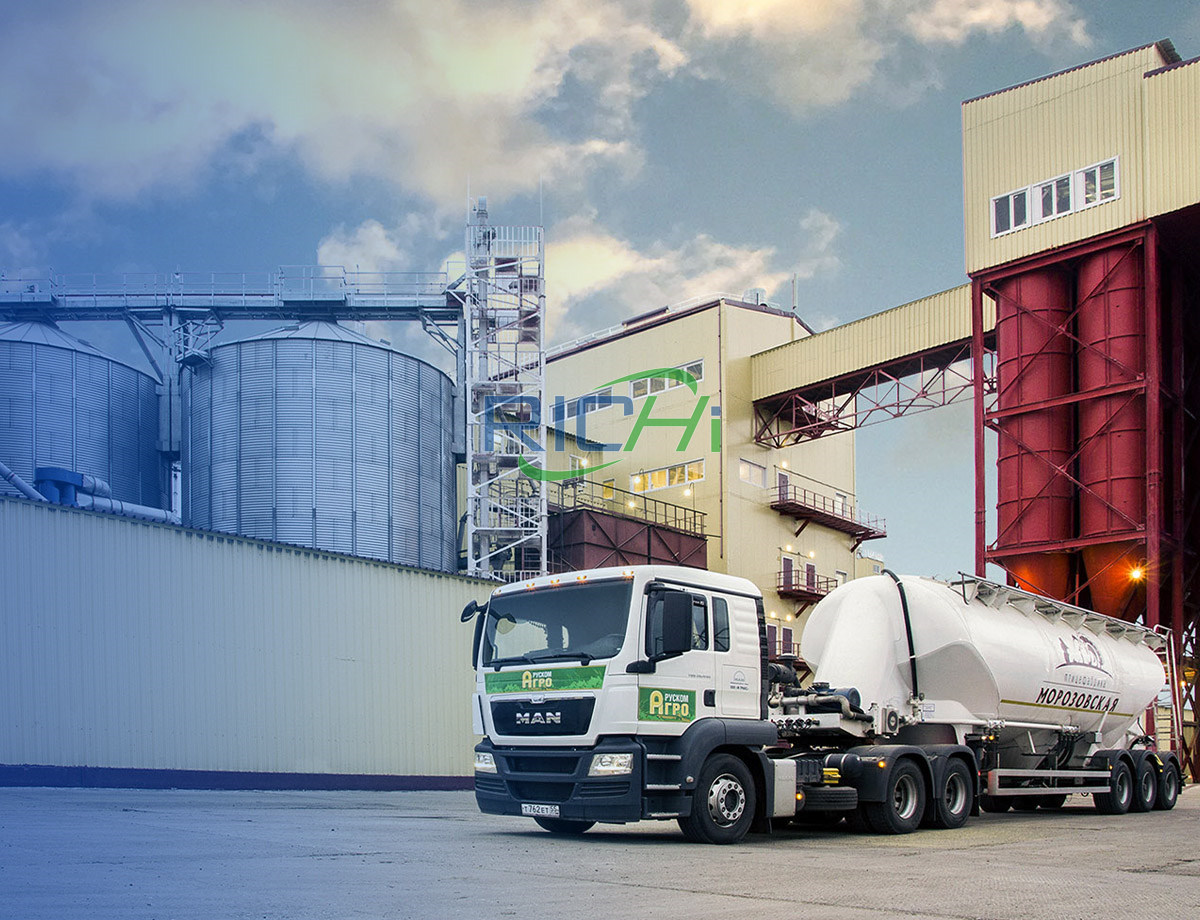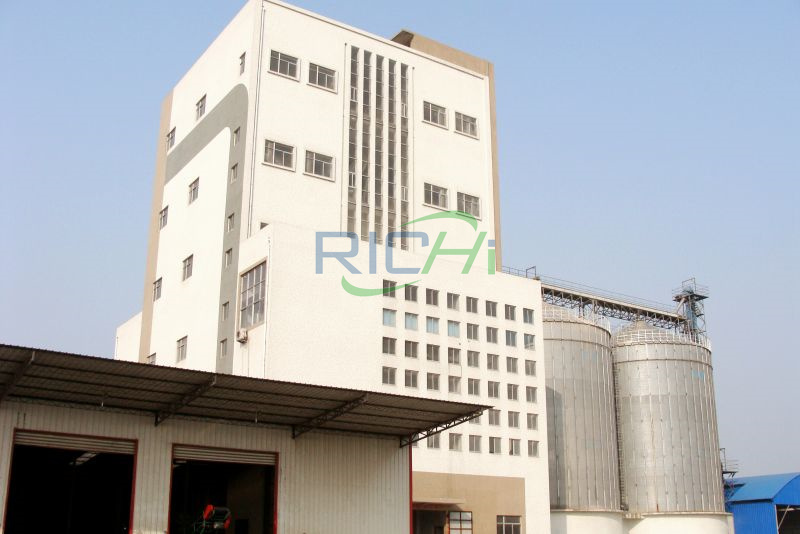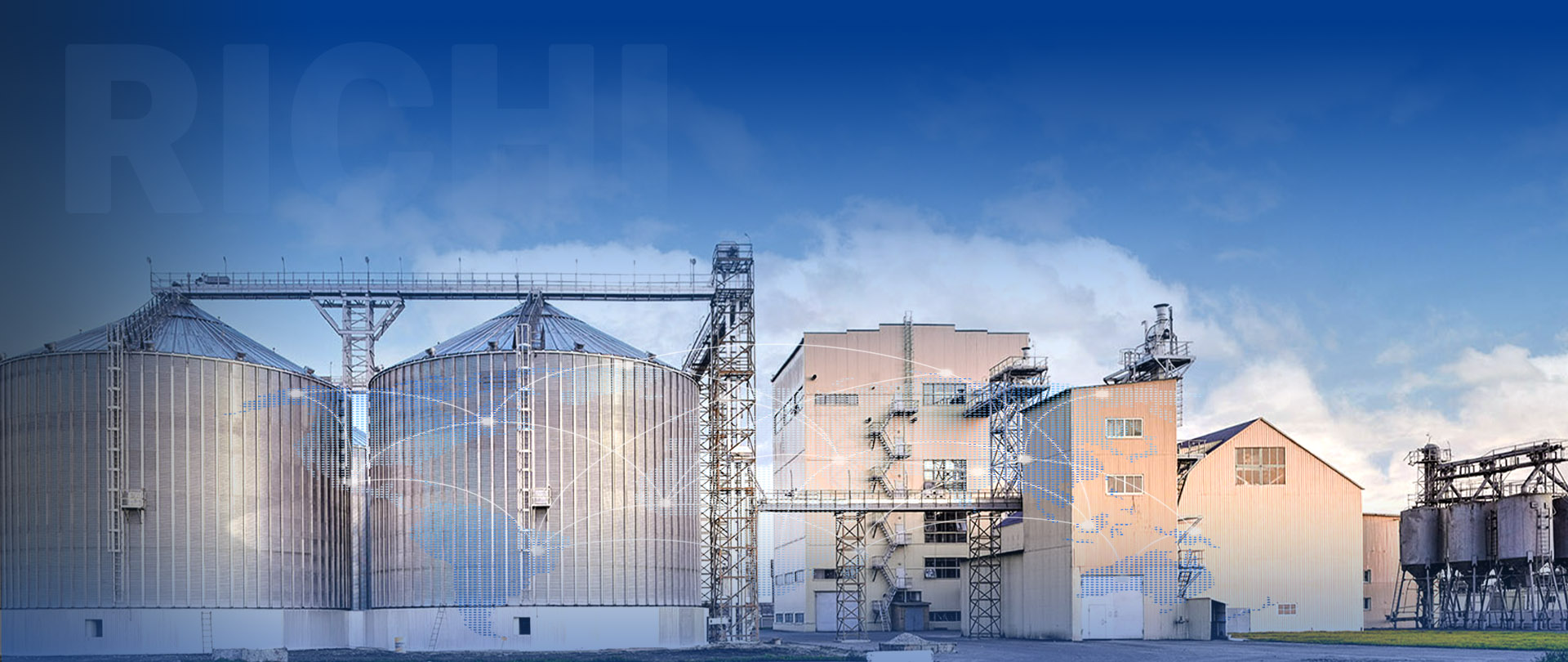Establishing an animal feed mill plant in New Zealand involves a series of detailed steps that require careful planning, adherence to regulatory requirements, and a focus on quality and safety. The following outlines the key procedures necessary for setting up a successful facility:
1. Feasibility Study and Market Analysis
Begin with a comprehensive feasibility study and market analysis:
- Assess Market Demand: Evaluate the demand for animal feed within New Zealand’s livestock industry.
- Analyze Competition: Understand the competitive landscape and potential market share.
- Raw Material Availability: Assess the availability and cost of essential raw materials.
- Location Considerations: Consider factors such as proximity to suppliers, customers, and transportation infrastructure.
- Financial Projections: Estimate the initial investment required and the projected return on investment.
This initial study will help determine the viability of the project and guide decision-making throughout the process.
2. Business Planning and Financing
Develop a detailed business plan, including:
- Operational Strategy: Define the operational approach and production goals.
- Financial Projections: Include capital costs, operating expenses, and revenue projections.
- Marketing Plan: Outline strategies to reach and retain customers.
- Staffing Requirements: Determine the necessary workforce and roles.
Secure financing through various channels:
- Bank Loans
- Investors
- Government Grants: Explore government grants or subsidies available for agricultural development.
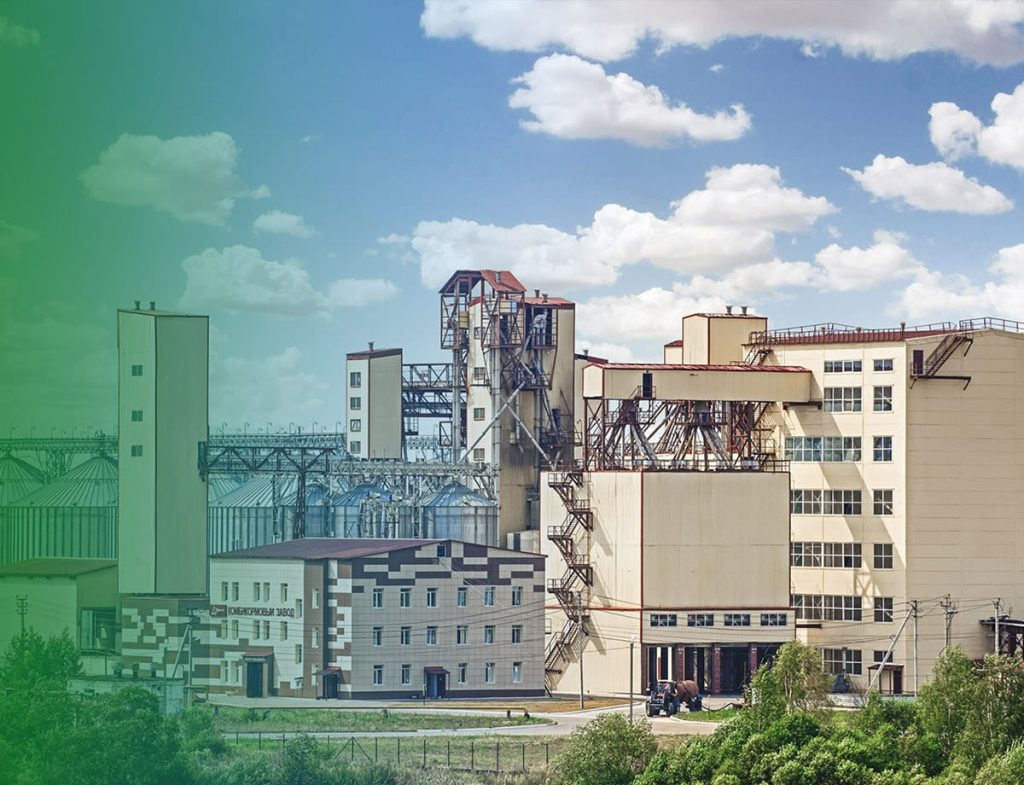
3. Site Selection and Land Acquisition
Choose a suitable location by considering:
- Zoning Regulations: Ensure the site complies with local zoning laws.
- Proximity to Suppliers and Customers: Optimize location for cost-effective operations.
- Transportation Infrastructure: Access to roads, rail, or ports.
- Utilities Availability: Ensure the site has access to necessary utilities such as water, electricity, and waste management.
Acquire the land either through purchase or long-term lease, ensuring compliance with New Zealand’s Overseas Investment Act if foreign investment is involved.
4. Regulatory Compliance and Permits
Navigating New Zealand’s regulatory landscape is crucial:
- Resource Management Act (RMA) Compliance:
- Obtain resource consents from the local council.
- Conduct environmental impact assessments.
- Building Consent:
- Submit detailed building plans to the local council.
- Ensure compliance with the New Zealand Building Code.
- Food Safety Compliance:
- Register with the Ministry for Primary Industries (MPI).
- Develop a Risk Management Programme (RMP) as required by the Animal Products Act 1999.
- Health and Safety:
- Comply with the Health and Safety at Work Act 2015.
- Develop and implement safety management systems.
- Resource Consents:
- Obtain necessary consents for water use, waste management, and air discharges.
5. Facility Design and Engineering
Engage professional engineers and architects to design the feed mill:
- Layout Plans: Design the layout for efficient material flow.
- Storage Facilities: Plan for raw materials and finished products.
- Safety Systems: Implement dust control and explosion prevention systems.
- Energy Efficiency: Incorporate energy-efficient technologies.
- Seismic Design: Ensure compliance with New Zealand’s seismic design standards.
6. Equipment Selection and Procurement
Select and procure essential equipment:
- Grinding and Mixing Machinery: For processing raw materials.
- Pelleting Equipment: For forming feed pellets.
- Packaging Systems: For efficient packaging of the final product.
- Quality Control Laboratory Equipment: For testing raw materials and finished products.
- Storage Silos and Material Handling Systems: For efficient storage and transportation within the plant.
Consider:
- Capacity Requirements: Ensure equipment matches production needs.
- Energy Efficiency: Select energy-efficient machinery to reduce operational costs.
- Compliance: Ensure equipment meets New Zealand’s electrical and safety standards.
- After-sales Support: Prioritize suppliers offering local support and maintenance services.
7. Construction and Installation
Oversee the construction process:
- Hire a Reputable Construction Company: Preferably one with experience in industrial projects.
- Adherence to Plans: Ensure the construction adheres to approved plans and building consents.
- Equipment Installation: Coordinate with suppliers for timely and accurate installation of machinery.
- Safety Systems Implementation: Install dust control and safety systems.
8. Utility Connections and Infrastructure
Arrange for necessary utility connections:
- Electricity Supply: May include transformers for high-voltage equipment.
- Water Supply and Wastewater Management: Ensure access to reliable water sources and wastewater treatment.
- Fuel Sources: Such as natural gas if required for operations.
- High-speed Internet: Essential for modern operational management systems. (Related post: 12 T/H Premix Feed Mill in United States)
9. Raw Material Sourcing and Supply Chain Development
Develop relationships with suppliers for:
- Grains and Cereals
- Protein Sources: Such as soybean meal or fishmeal.
- Vitamins and Minerals
- Feed Additives
Implement a robust supply chain management system to ensure consistent quality and availability of raw materials.
10. Quality Control Systems Implementation
Set up a quality control laboratory and implement management systems:
- Testing Protocols: Establish procedures for testing raw materials and finished products.
- Traceability Systems: Implement systems to trace raw materials to final products.
- Certifications: Obtain relevant certifications like ISO 22000 or HACCP to ensure compliance with industry standards.
11. Staff Recruitment and Training
Recruit and train staff for various roles:
- Plant Managers and Supervisors
- Machine Operators
- Quality Control Technicians
- Maintenance Personnel
- Administrative Staff
Provide training on:
- Equipment Operation and Maintenance
- Quality Control Procedures
- Health and Safety Protocols
- Regulatory Compliance: Ensure all operations comply with New Zealand’s regulations.
12. Operational Procedures and Documentation
Develop Standard Operating Procedures (SOPs) for:
- Raw Material Handling and Storage
- Feed Formulation and Production
- Quality Control and Testing
- Equipment Maintenance
- Health and Safety Protocols
- Environmental Management
Ensure these procedures align with New Zealand’s regulatory requirements and industry best practices.
13. Biosecurity Measures
Implement biosecurity measures as required by MPI:
- Biosecurity Plan: Develop a comprehensive plan to prevent contamination.
- Pest Control: Install equipment to control and prevent pests.
- Staff Training: Train staff on biosecurity protocols and ensure compliance.
14. Environmental Management Systems
Develop and implement environmental management systems:
- Waste Management: Establish recycling and waste disposal programs.
- Energy Efficiency: Implement strategies to reduce energy consumption.
- Water Conservation: Develop water conservation measures.
- Emissions Control: Install systems to control emissions and maintain air quality.
15. Commissioning and Start-up
Conduct a phased commissioning of the plant:
- Test Equipment: Ensure each piece of equipment functions correctly.
- Trial Runs: Perform trial runs of production processes to fine-tune operations.
- Calibrate Quality Control Equipment: Ensure all testing equipment is accurate.
- Regulatory Compliance Verification: Confirm that all operations comply with relevant regulations.
16. Certification and Compliance Audits
Undergo necessary audits and obtain certifications:
- MPI Audits: Ensure compliance with the Animal Products Act.
- Food Safety Certification: Complete audits for certifications like HACCP or ISO 22000.
- Environmental Compliance Audits: Ensure adherence to environmental regulations.
- Occupational Health and Safety Audits: Verify compliance with health and safety standards.
17. Marketing and Customer Acquisition
Implement your marketing strategy:
- Engage with Customers: Connect with potential customers in New Zealand’s livestock industry.
- Trade Shows and Events: Participate in agricultural trade shows and events.
- Promotional Materials: Develop materials highlighting product quality and compliance with New Zealand standards.
18. Continuous Improvement and Expansion Planning
Establish systems for ongoing improvement:
- Production Efficiency Reviews: Regularly review and optimize production processes.
- Stay Updated: Keep abreast of industry trends and regulatory changes.
- Expansion Planning: Plan for future expansion or diversification based on market demand.
Conclusion
By following these procedures, entrepreneurs can successfully navigate the complex process of establishing an animal feed mill plant in New Zealand. The key to success lies in thorough planning, strict adherence to regulatory requirements, and a commitment to quality and safety. As New Zealand’s agricultural sector continues to evolve, a well-planned and efficiently operated feed mill can play a crucial role in supporting the country’s livestock industry while meeting the high standards expected in this market.


